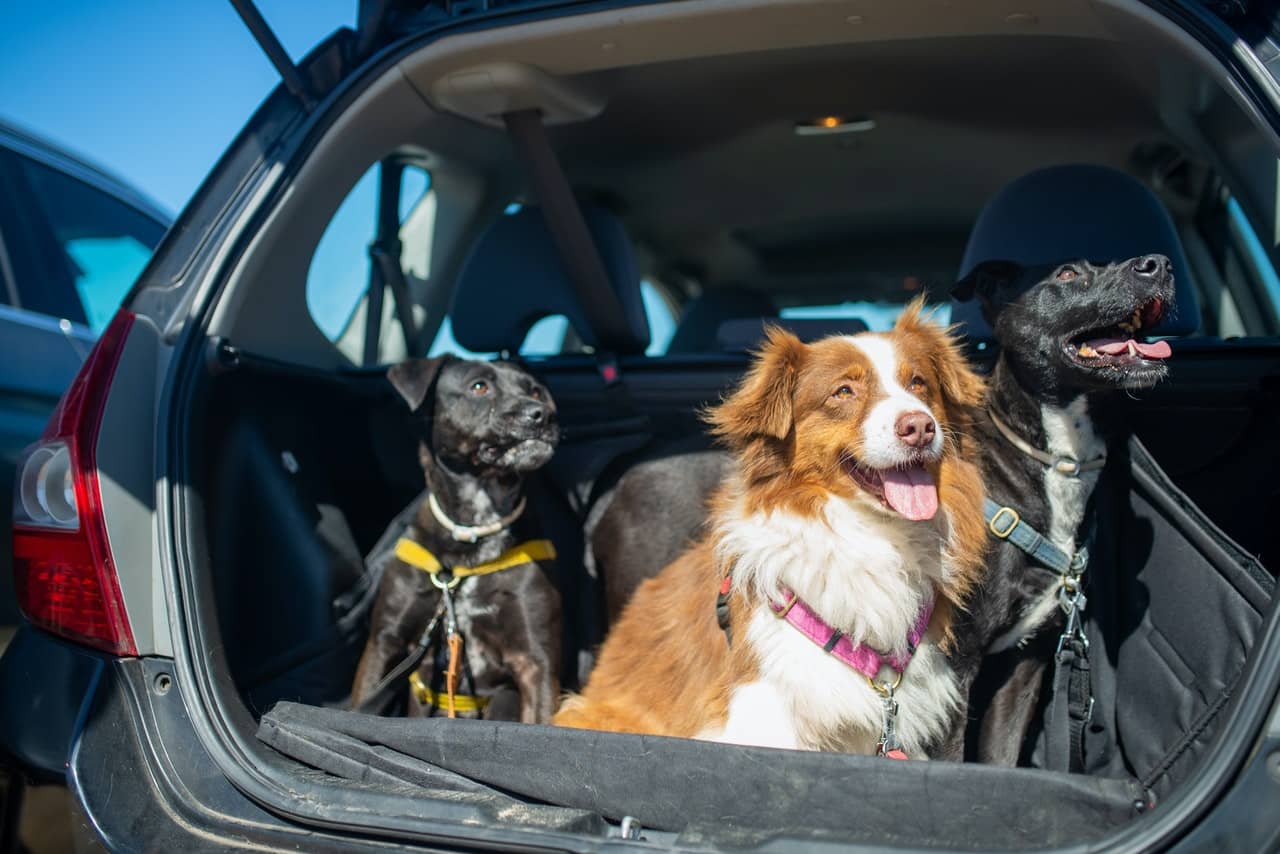Traveling with a pet can be a delight. Whether you’re going hunting, camping, hiking, or simply taking a break from the hustle and bustle back home, taking your pet with you can bring a whole new layer of enjoyment to your trip. Most pet owners agree. In fact, a survey by the American Pet Products Association shows that in 2018, $6.2 billion was spent on services such as accommodation for pets. The same survey shows that 37% of pet owners take their animals with them on trips.
To make the most out of your trip with your pet, however, there need to be some steps taken to ensure that your pet is safe and comfortable. After all, pets are part of your family, and their safety and comfort are just as important as yours and your companions.
Pet Preparedness
Before even deciding to take your pet with you on a trip, you’ll need to determine whether your pet is fit to travel. Some pets might not be able to handle the journey, especially long-distance ones, due to various reasons, including old age, injury, or temperament. To determine if your pet is comfortable when traveling, the CDC suggests that you take your pets on a series of shorter drives. This is a good way to prepare them for long travels and to gauge their levels of stress. If your pets show any sign of stress, such as pacing, whining, or raising their hackles during these test runs, it may be better if you simply find a boarding facility or a sitter that can look after them while you’re away.
If your pets show that they can handle traveling, then it’s time to visit the vet. This way, you can determine if your pet’s health is suitable for travel. A visit to the vet is also necessary so that you can ensure that your pet’s vaccinations are up to date and that you have all the necessary health certificates and documents with you on your trip. These can include proof of vaccinations, as well as a summary of your pet’s medical conditions. Don’t forget to bring these with you, as well as your vet’s contact details and a list of veterinary offices in your destination, on the day of your trip.
The Right Gear
To ensure that your travel is a breeze, you need to make sure that you have all the right gear with you. For instance, you need to make sure that your pet has proper identification, such as a tag or a microchip. This is particularly important, especially since each year, around 10 million pets are lost in the United States due to lack of identification, and only 15% of dogs and 2% of cats without identification are returned to their owners. As such, make sure that your pet’s microchip also contains your updated contact information.
Make sure, too, that you have the right vehicle to transport your pet. Ideally, your vehicle should have sufficient space to store your pet’s crate or carrier, as well as other materials you might need, such as feeding bowls, dry food, freshwater, even toys, and of course, your pet’s leash. A heavy duty pick up truck would be a good choice when you want to travel with your pets, as this is a spacious vehicle and offers great stability on rough roads.
Road-Tripping with Pets
If you are traveling by land, you need to make sure that your pet is secured and not roaming around the vehicle. An unrestrained pet inside a moving vehicle can be dangerous. Data shows that approximately 10,000 dogs are either injured or killed in accidents each year, which is primarily because only 55% of pet owners restrain their pets when driving. Keeping your pets secure by putting them in crates or using seat belts or harnesses will ensure that both you and your pets are safe.
Also, as cute as it may look to have your pet on your passenger’s seat, you might want to avoid doing so. A pet in your passenger’s seat is a significant distraction, as more than half of pet owners take their hand off their wheel to pet their dog while driving. As well, one in five pet owners takes their hands off their wheel in an effort to restrain pets that become fussy while in the car. Safety should be your priority, so even if it means separating yourself from your pets during your drive, putting them in secure areas in your vehicle is still the best way to travel with them. Try putting your dog in a crate, then place the crate in the back seat of your car. Make sure to use the crate during test drives so that your pet gets used to it before your holiday.
Pets on Board
Traveling via plane with your pets has its different challenges and risks, especially since a lot of things are out of your control. According to a report by HonestPaws, between 2010 and 2020, 250 animals have died during or immediately after airplane travel, 170 pets sustained injuries, while 20 animals were actually lost by airlines. As such, it is of utmost importance to choose an airline that has a good track record when it comes to handling pets. Bear in mind, too, that airlines have varying guidelines when it comes to transporting pets.
Once you have selected a good airline for your pets, make sure that their crates are equipped with materials that can make them comfortable, such as access to drinking water as well as comfortable bedding. Make sure that the crate is securely closed but not locked, so airline staff can open it in case of emergencies. The crate should have proper identification as well. Then, give your pets ample time for potty breaks before boarding.
Although traveling with pets can be stressful, at the end of the day, taking them with you can make your trips extra fun and memorable. With sufficient preparation and care, you’ll find that a fun and safe trip with your pets is very doable.



